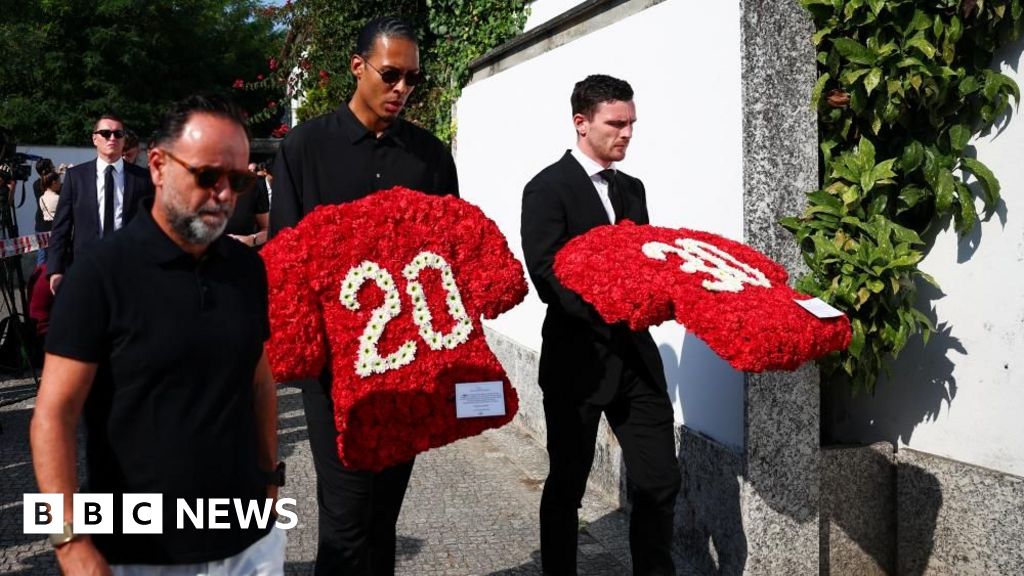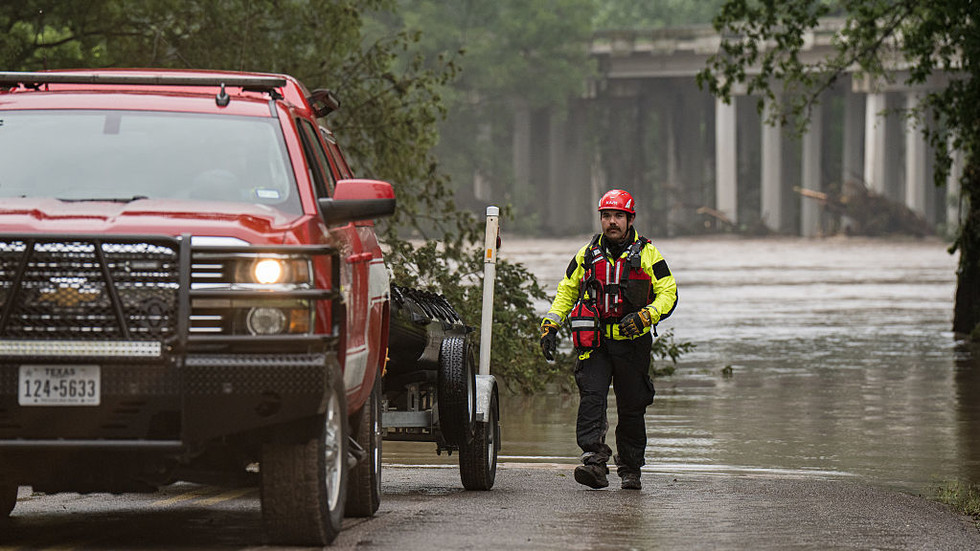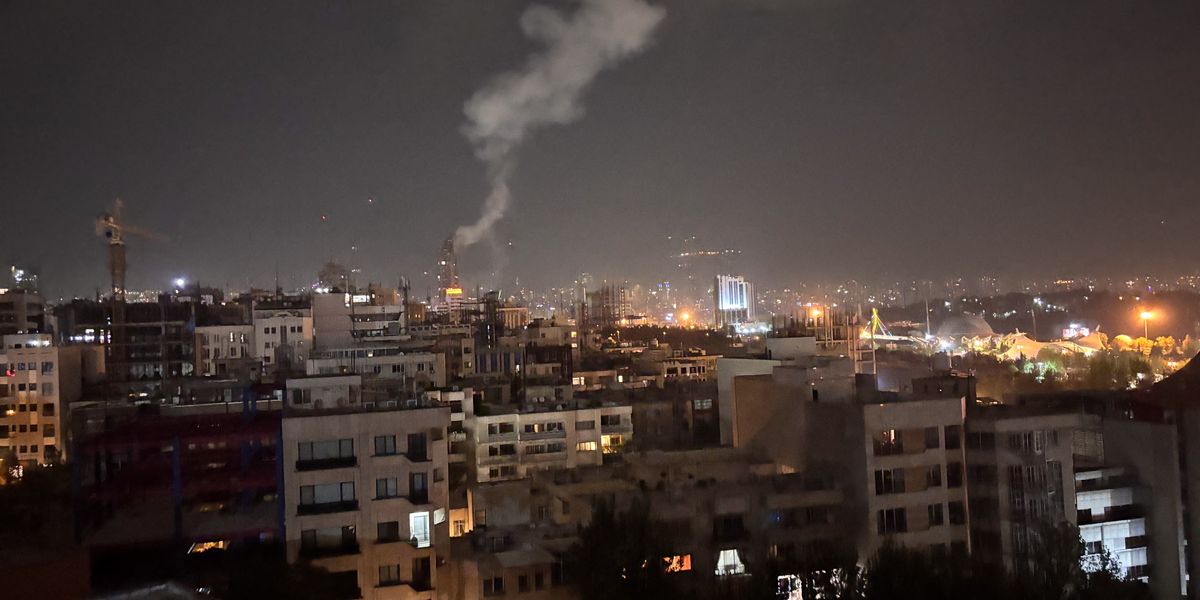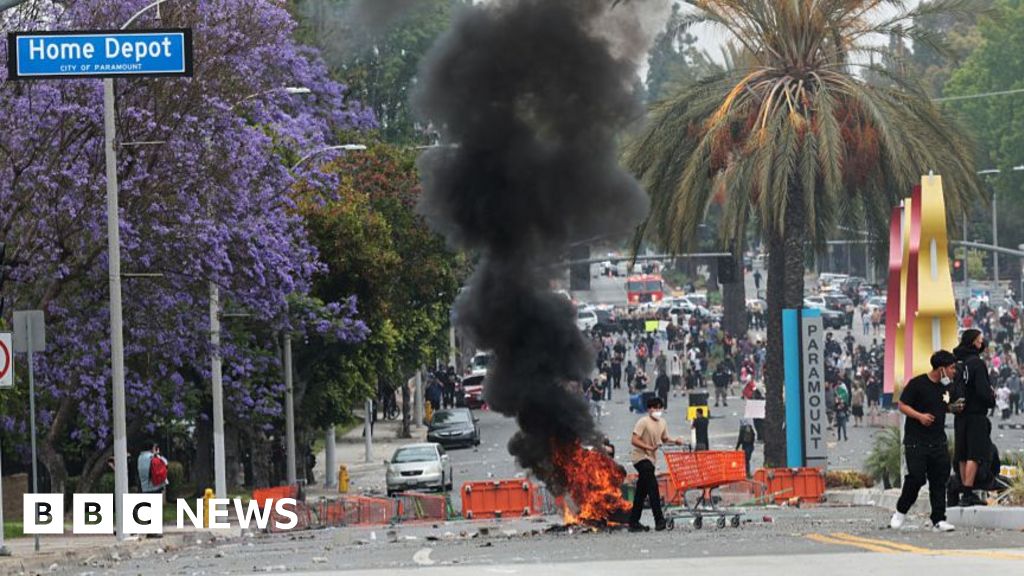
Fears are growing of a Kremlin assault on The Suwałki Gap (Image: Getty)
Those living in NATO’s most vulnerable region have started to leave the area as fears of a full-scale Russian invasion grow. The Suwałki Gap, also known as the Suwałki Corridor, is a narrow 60-mile-long strip connecting Poland and Lithuania but separating Belarus and the Russian exclave of Kaliningrad, and is considered the military alliance’s most vulnerable point.
Analysts have warned that in the event of war, Russia could strike from both sides, potentially cutting off the Baltic states from the rest of Europe. Fears of a fresh war in the East have heightened after Donald Trump accused Vladimir Putin of “playing with fire”. The US president said: “What Vladimir Putin doesn’t realise is that if it weren’t for me, lots of really bad things would have already happened to Russia, and I mean really bad. He’s playing with fire!”

Steadfast Dart, NATO's largest live training exercise, took place in Bulgaria (Image: Getty)
That remark prompted Putin’s henchman, former Russian president Dmitry Medvedev and now deputy chairman of Russia’s Security Council, to respond: “Regarding Trump's words about Putin ‘playing with fire’ and ‘really bad things’ happening to Russia. I only know of one really bad thing — WWIII. I hope Trump understands this!”
Any Russian offensive against the Suwałki Corridor - home to six million people - would constitute a direct assault on NATO territory and trigger Article 5, triggering in turn a full-scale war between Russia and the military alliance.
Although there are no official evacuation plans in place by Poland or Lithuania, reports suggest some civilians have voluntarily relocated due to the perceived threat from Moscow, which followed Europe's decision to support Ukraine with long-range rockets.
Experts claim the most likely reason for a Kremlin assault on the strip would be a diversionary move because of its failing campaign in Ukraine. It would hope to cut the Baltic states from the rest of NATO and gain leverage for any future negotiations.

Nato troops on a battlefield exercise in Poland (Image: Getty)
Invalid email
We use your sign-up to provide content in ways you've consented to and to improve our understanding of you. This may include adverts from us and 3rd parties based on our understanding. You can unsubscribe at any time. Read our Privacy Policy
A source said: “The Suwałki Corridor linking Poland to Lithuania between Belarus and Kaliningrad, two heavily militarised regions under Russian influence, is the only land route for NATO forces to reach Estonia, Latvia, and Lithuania. Control of this corridor could isolate the Baltic states and create a fait accompli, forcing NATO into a high-risk decision: escalate or accept defeat.
“NATO’s credible deterrence posture in the region is improving, but still vulnerable to a surprise hybrid or short-warning kinetic attack.
“A conflict in the Suwałki Gap would be short, intense, and catastrophic, with high risks of escalation to nuclear thresholds, especially if Russia perceives defeat as existential.
“Preventing war requires forward-deployed NATO troops, airpower readiness, enhanced Polish-Lithuanian coordination, and reinforcement of Baltic defence infrastructure.”
A ban on Ukraine joining NATO is a key condition of Russia accepting any Ukraine ceasefire deal.
The North Atlantic Treaty Organisation was formed in 1949 under a primary purpose of blocking expansion in Europe by the former Soviet Union - the group of communist republics headed by Russia.
Membership rules state that if one is attacked, all others help defend it. NATO does not have its own army, but military action by member countries constitutes a collective response.
The club has 32 members across Europe and North America including, after the Soviet Union fell in 1991, many Eastern European countries including Albania, Bulgaria, the Czech Republic, Estonia, Hungary, Latvia, Lithuania, Poland, Romania and Slovakia.
In 2008, the alliance said Ukraine could eventually join, but Russia has opposed the idea, fearing it would bring Nato forces within touching distance of its borders.
After Russia's invasion in 2022 Ukrainian President Volodymyr Zelensky demanded membership be fast-tracked but was told approval would be given after the war ended.
The Kremlin has also rejected proposals for European peacekeepers to be stationed in Ukraine after any peace deal is struck because the population “would be under serious Western influence”.

 1 month ago
14
1 month ago
14










 English (US) ·
English (US) ·